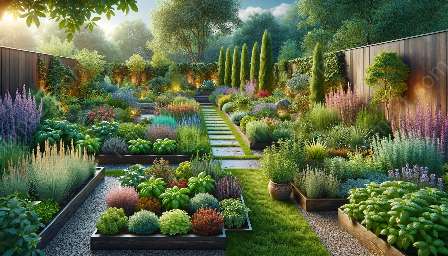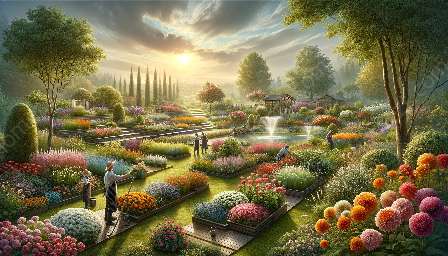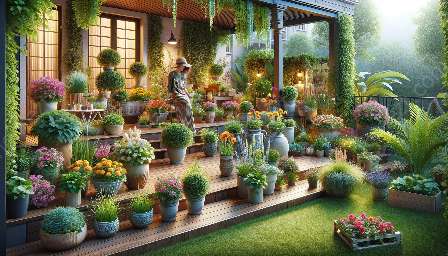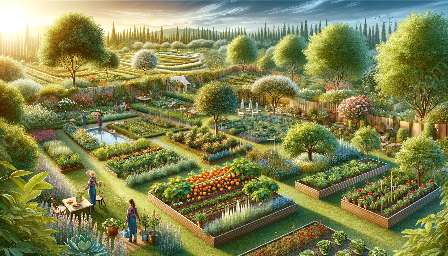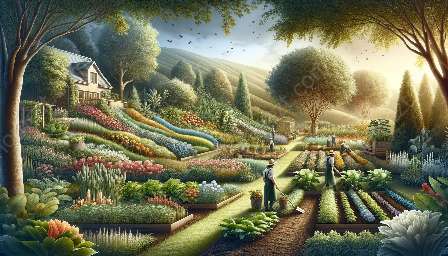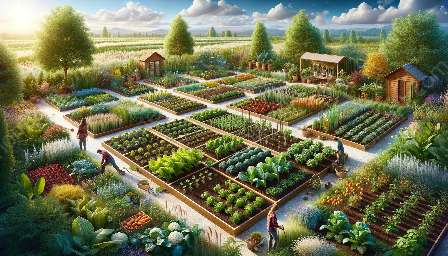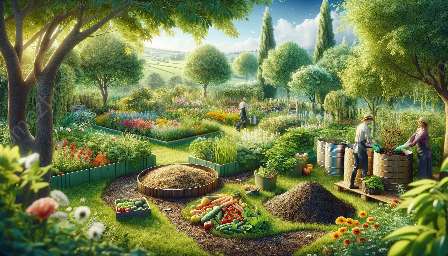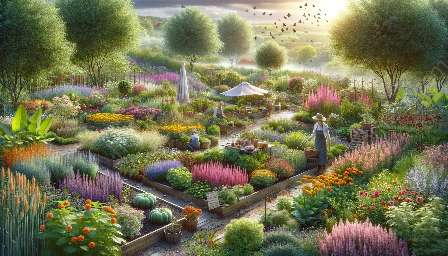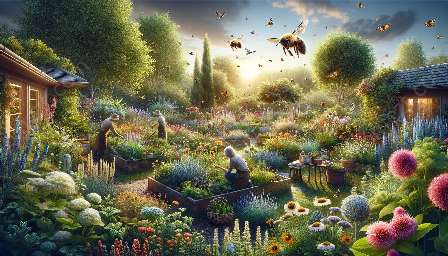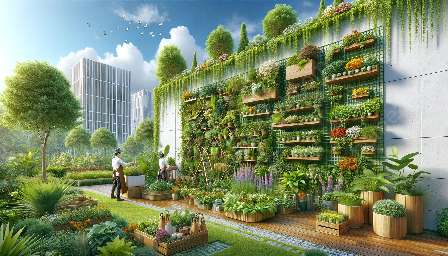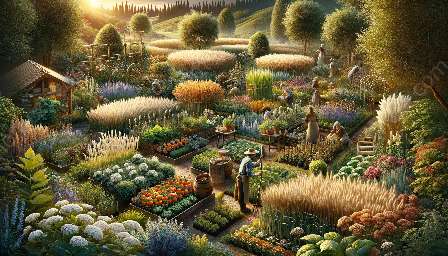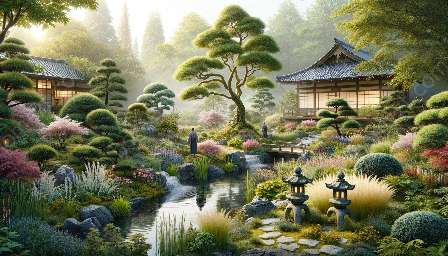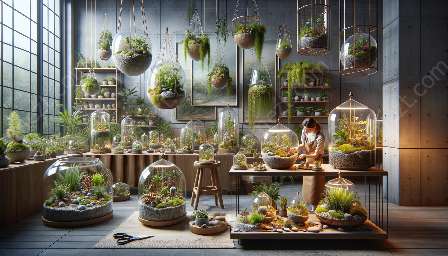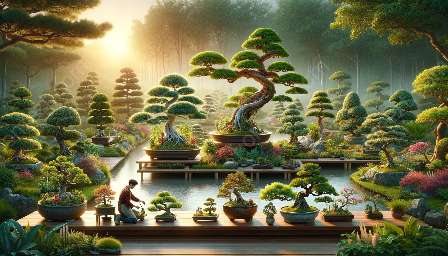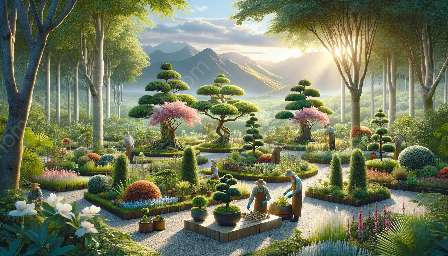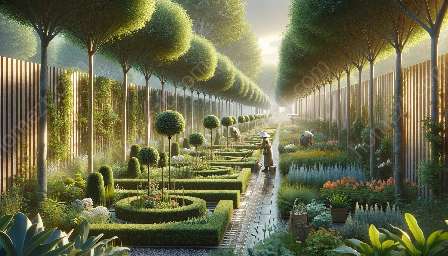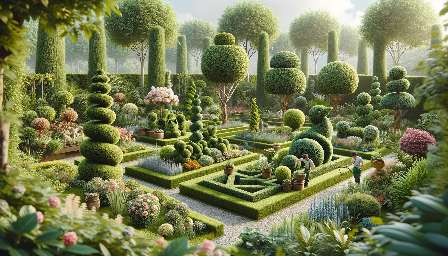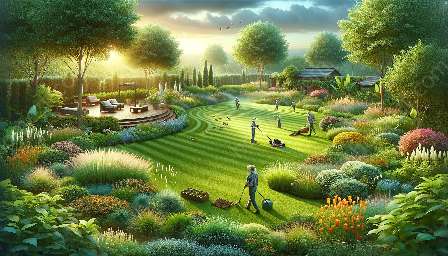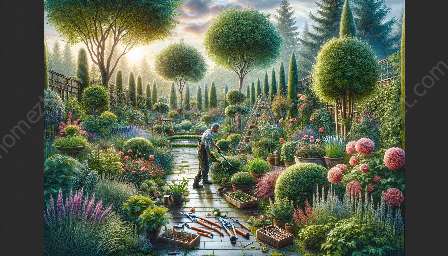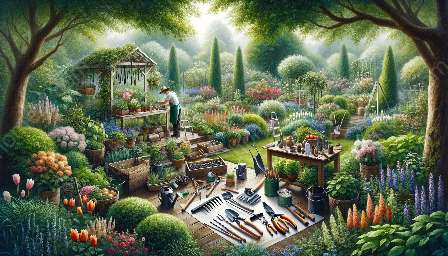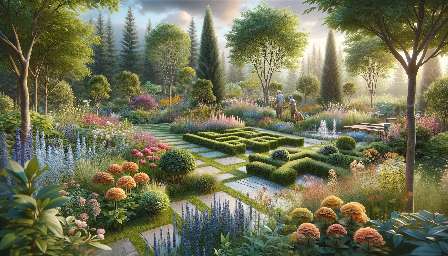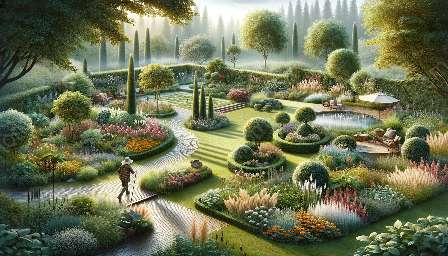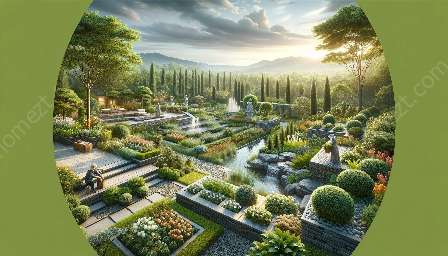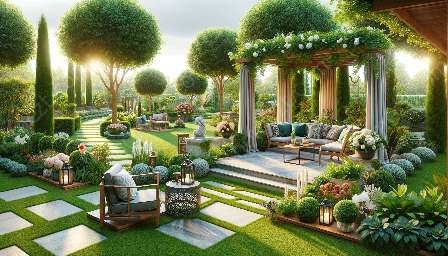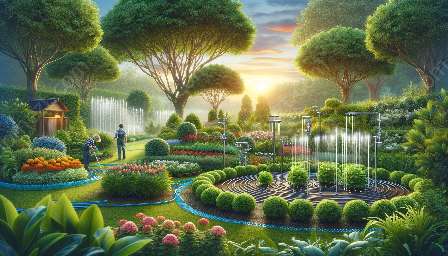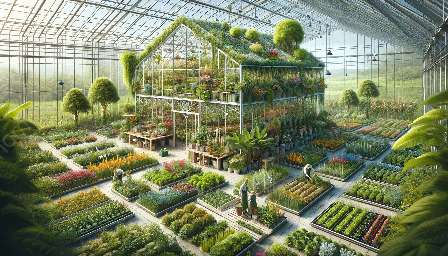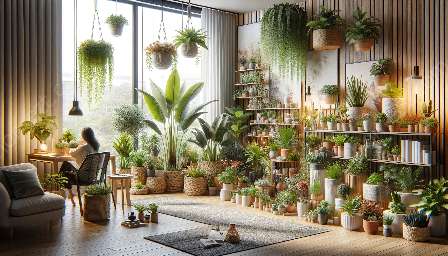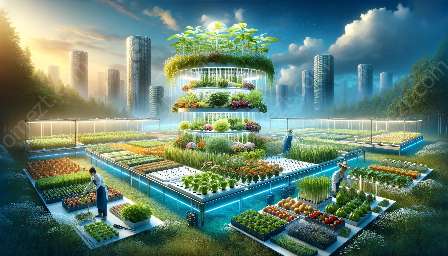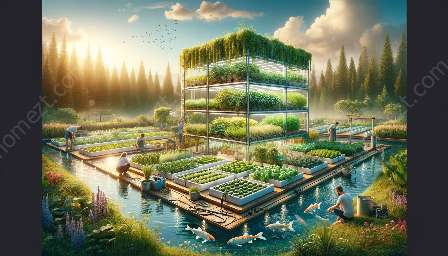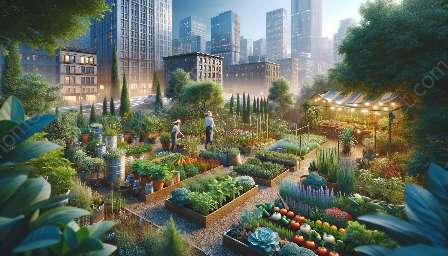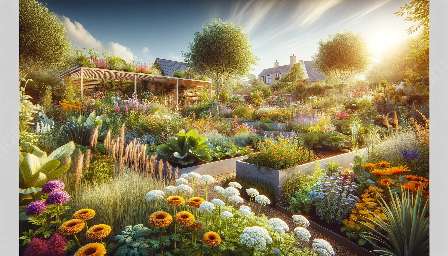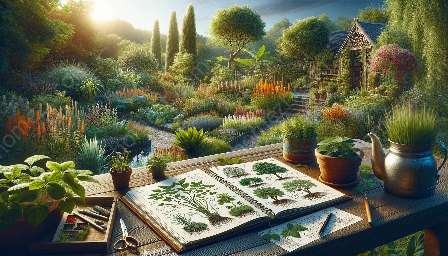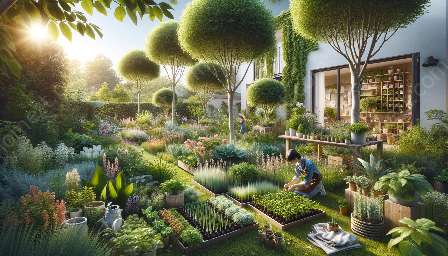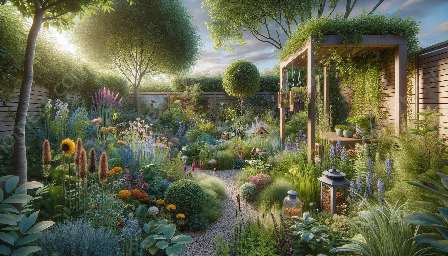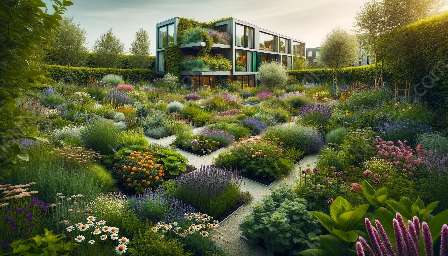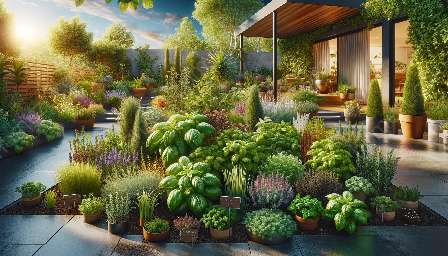When it comes to adding beauty and functionality to your garden, consider the art of espalier. This unique horticultural practice involves training trees, shrubs, or vines to grow flat against a structure such as a trellis, fence, or wall. Popular in both companion planting and landscaping, espalier offers a space-saving and decorative approach to growing plants while enhancing the overall aesthetics of a garden or outdoor space.
Designing an Espalier Garden
Designing an espalier garden requires careful planning and consideration of the plant's growth habits. Selecting the right types of trees, shrubs, or vines is essential for successful espalier gardening. For example, apple, pear, and fig trees are popular choices for creating living fences or boundary screens. Additionally, flowering plants like wisteria, roses, and jasmine can be trained into intricate patterns, adding a touch of elegance to any garden design.
When incorporating espalier into companion planting, it's important to choose complementary species that thrive together. For instance, combining fruit-bearing trees with pollinator-attracting flowers can create a harmonious and productive garden ecosystem.
Pruning and Training Techniques
Pruning and training are integral to maintaining an espalier garden. Regular and precise pruning helps control the plant's growth, promoting the desired flat and uniform shape. Whether creating horizontal cordons, vertical cordons, or intricate designs such as the fan, candelabra, or Belgian fence, proper training techniques are essential for achieving the desired aesthetic and ensuring the plant's health and vigor.
Landscaping with Espalier
Aside from its benefits in companion planting, espalier can be used to enhance the overall landscape design. When utilized against walls or fences, espaliered plants can create a striking green backdrop or serve as a living privacy screen. Moreover, designing espalier patterns with flowering vines can add a touch of charm to garden pathways and entrances, making the outdoor space more inviting and visually appealing.
Conclusion
The art of espalier represents an innovative and artistic approach to gardening and landscaping. By incorporating this ancient horticultural technique into modern garden designs, individuals can create visually stunning and functional outdoor spaces. Furthermore, when used in conjunction with companion planting principles, espalier provides an opportunity to maximize a garden's productivity and ecological balance while adding a touch of elegance and beauty to the surroundings.


